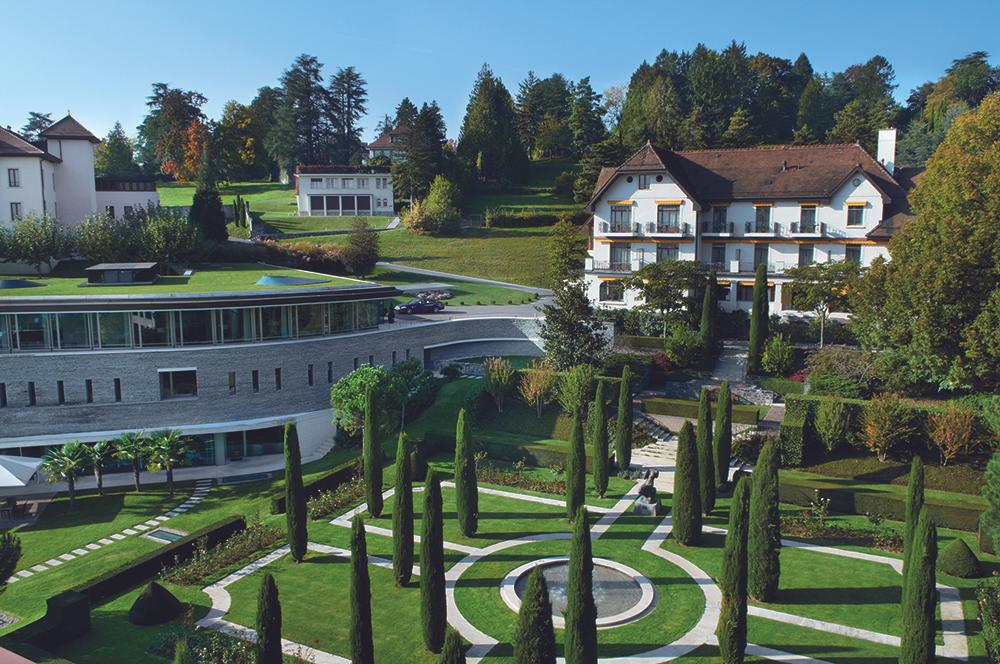The mesmerizing City of Lights is on many a bucket list—and rightly so. Paris must be seen, felt, and most importantly, tasted. Enchanting streets, scintillating luxury boutique boulevards, gilded monuments, mouthwatering patisseries, well-manicured gardens, and quaint neighborhoods—there’s no city like it in the world. Romantic in every sense of the world, it also has a charm that makes you feel like a local.
Throughout history—it has been inhabited since the third century B.C.—and uprisings, wars, and economic hardships, it has kept its stoic romanticism and beauty, all made possible by strict urban laws that have been in place since the 17th century.





